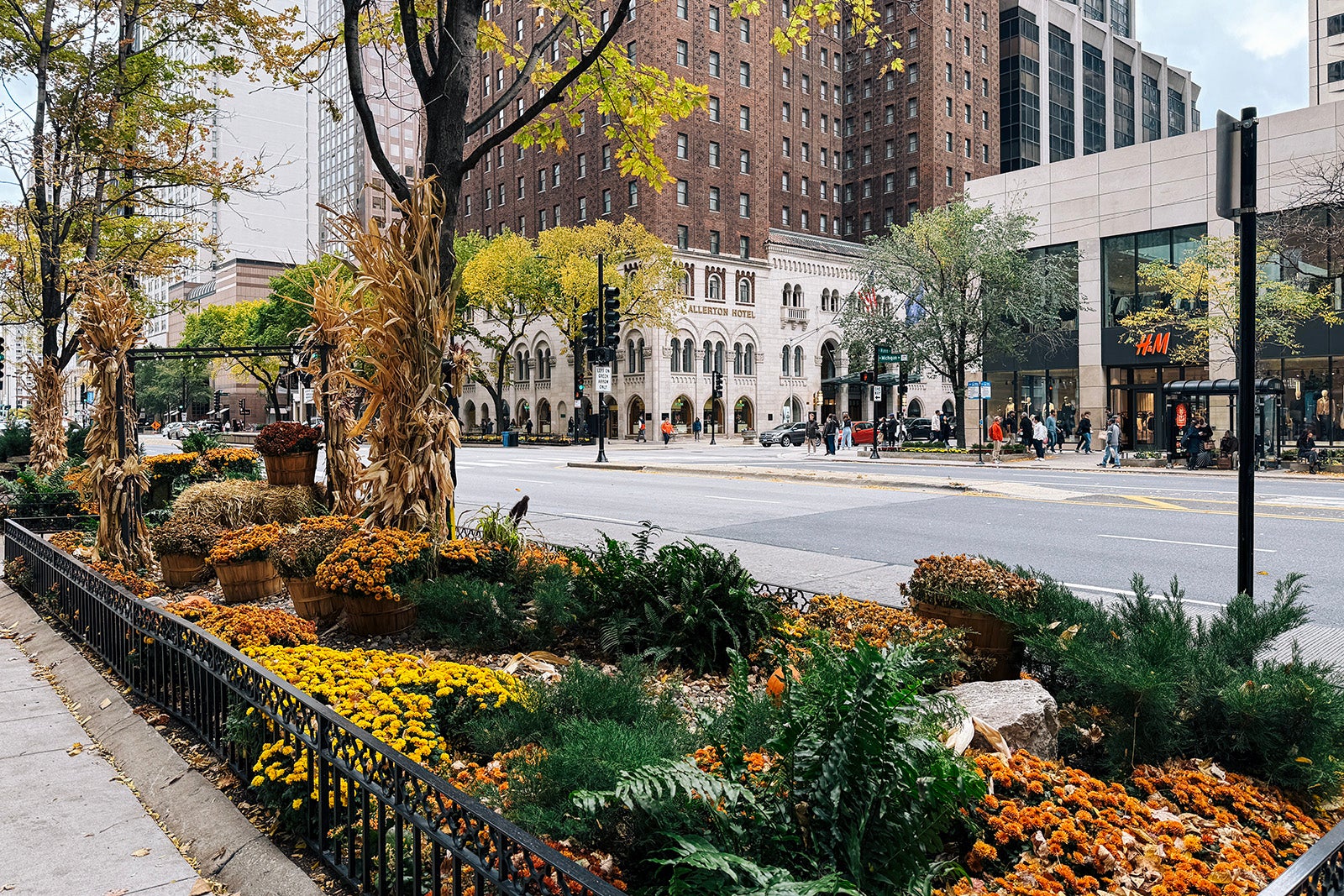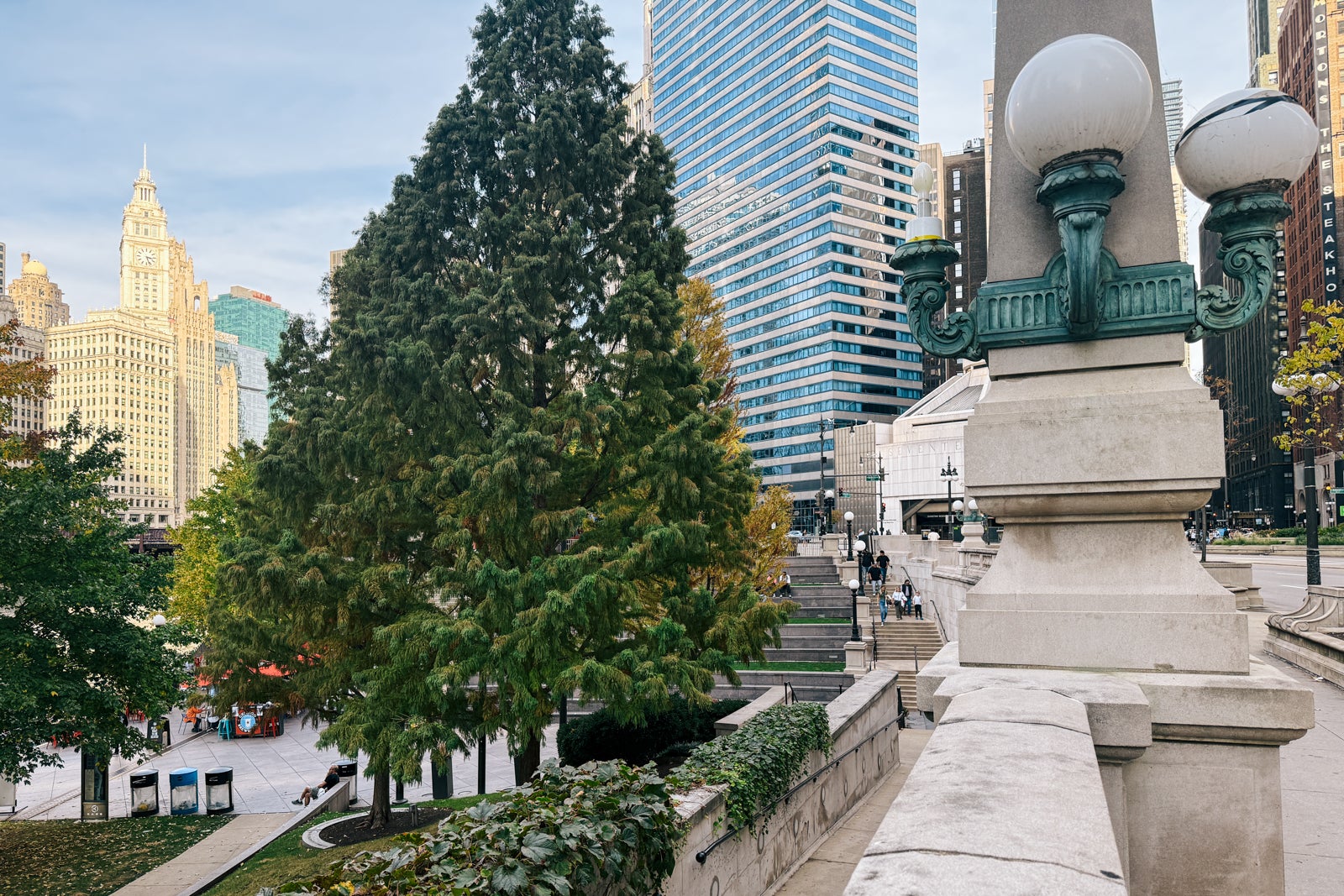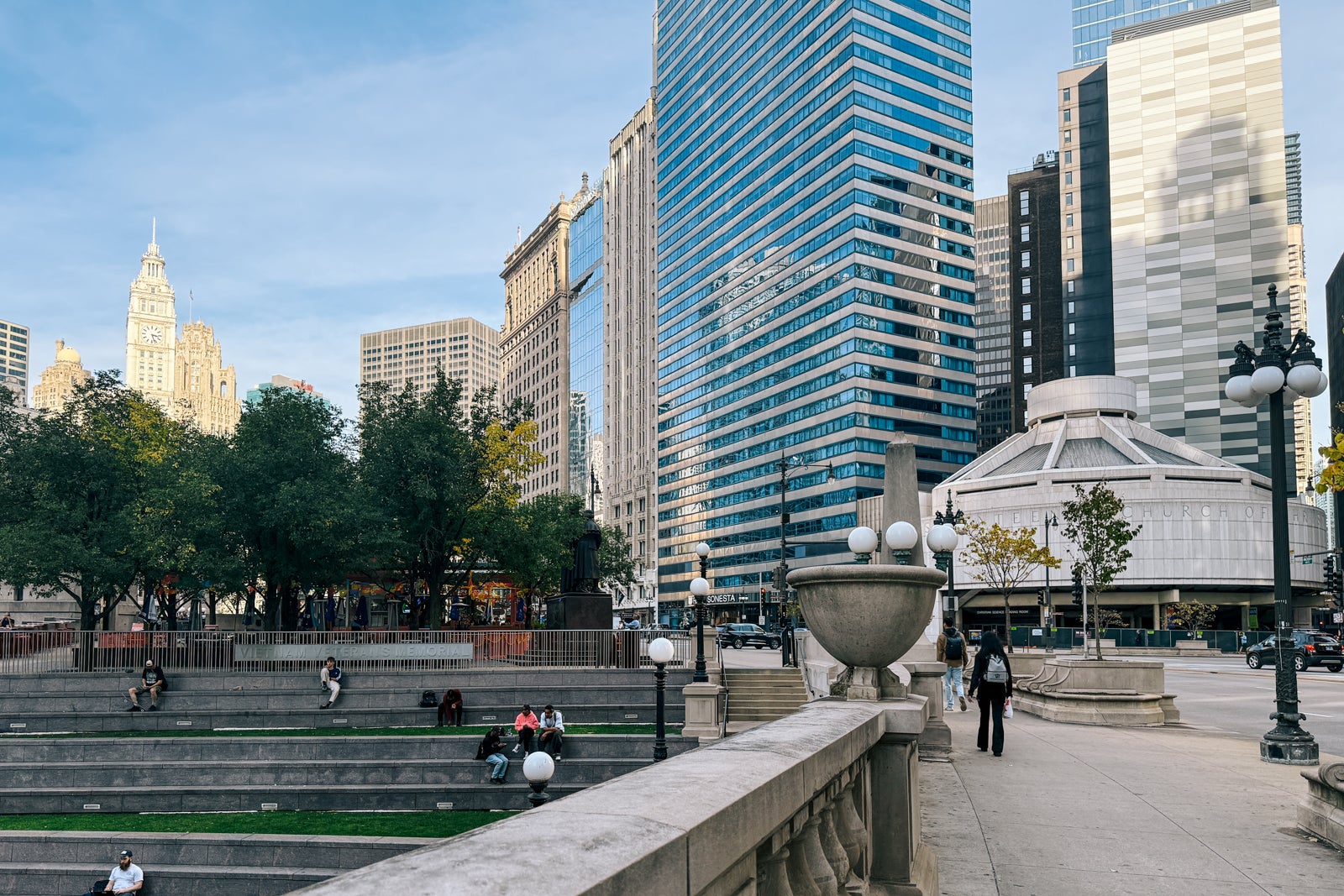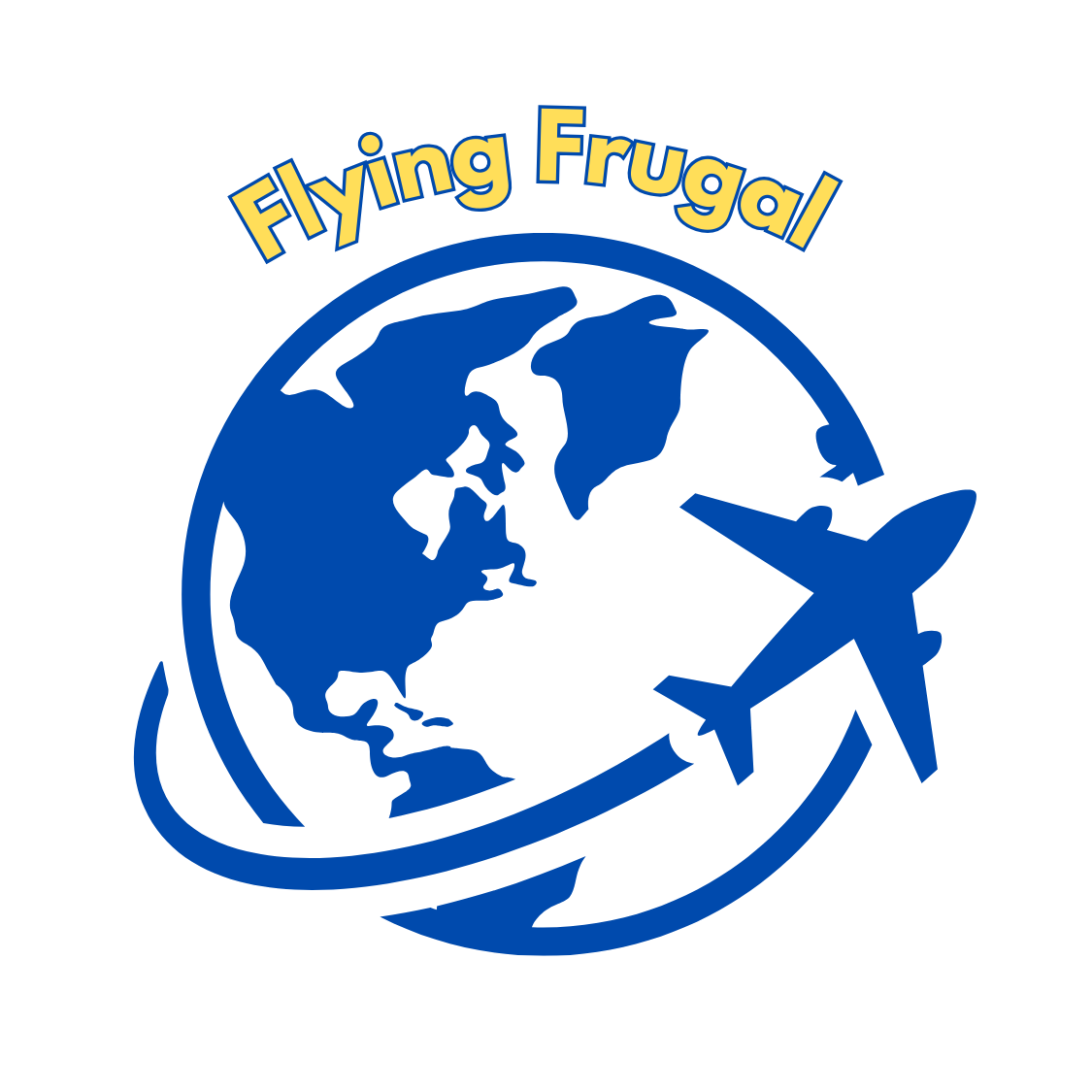At first glance, headlines about Chicago can be alarming, filled with reports of crime and homelessness. These concerns often lead people to question why anyone would choose to live here. Yet, for those of us who call this city home, the reasons to stay are numerous and compelling.
While Chicago has seen a decline in its population in recent years, much of this can be traced back to high taxes rather than crime or other typical urban issues. There are countless reasons to both live in and visit Chicago, and I am eager to share why I adore this city and why it’s worth planning a trip soon.
Chicago: One of America’s Prime Metropolises

Growing up in St. Louis, Chicago always represented the epitome of “the big city” to me. I have cherished memories of visits, including celebrating my 21st birthday at Carmine’s on Rush (now closed) and seeing “Happy Birthday Caroline” displayed on the big screen at what was once Comiskey Park during a birthday game at Wrigley Field.
As time went on, Chicago transformed into the city I aspired to call home. A pivotal moment came in 1998 when, while walking ahead of my parents, I proclaimed my intention to live on Michigan Avenue one day. Fast forward 24 years, and that dream has become reality.
Here’s what you should know if you’re planning a visit.
Chicago is the Most Accessible U.S. Metro
With nearly 3 million residents, Chicago ranks as the third most populous city in the U.S., trailing only New York City and Los Angeles. What I appreciate most is that, despite the large population, you can navigate the city without needing a car.
The Chicago Transit Authority offers both an L train and bus system for city travel, while the Metra connects the downtown area with suburbs. The fare is affordable and straightforward: $2.50 for the L train and $2.25 for buses. The L is also the most cost-effective way to access both Chicago Midway International Airport (MDW) and O’Hare International Airport (ORD).
Personally, I prefer the bus system. It provides above-ground views, is more temperature-controlled, and offers a sense of safety by keeping all passengers in view.
For those who love to walk, downtown neighborhoods like Streeterville, River North, the West Loop, Gold Coast, and the Loop are pedestrian-friendly.
My favorite walking route spans just under 3 miles, starting at Oak Street Beach in Gold Coast, along Lake Shore Drive and Lake Michigan, through Lincoln Park, ending on North Lakeview Ave where beautiful homes can be admired. If you’re visiting on a Saturday during the growing season, don’t miss the Green City Market in Lincoln Park.
Walking is delightful in most directions; north, south, and east provide pleasant routes, while traveling west may be less enjoyable. That’s when public transit comes in handy.
Rideshare services like Uber and Lyft are quite common (although taxis are available in downtown), and traffic can become congested, especially heading to and from major thoroughfares.
Another transportation option is the Divvy bike-sharing program. Chicago boasts a strong biking culture, featuring over 300 miles of bike lanes and 29 beaches along Lake Michigan, connected by the scenic Lakefront Trail—a fantastic way to explore the city.
Chicago: The Most Affordable Major U.S. City
Among the largest urban areas in the U.S. like New York City, Los Angeles, Boston, San Francisco, Miami, and Washington, D.C., Chicago stands out as the most affordable, according to data from Bankrate’s Cost of Living Calculator. Consider these comparisons:
- 50.17% cheaper than Manhattan
- 32.82% cheaper than San Francisco
- 23.8% cheaper than Los Angeles
- 21.59% cheaper than Boston
- 21.27% cheaper than Washington, D.C.
- 3.62% cheaper than Miami
This data encompasses housing, food, and lifestyle costs, including clothing and entertainment. Having also lived in New York and Washington, D.C., I can attest to the noticeable decrease in rental prices for large one-bedroom apartments downtown, which generally range from $1,900 to $2,100 according to various sources like Zillow and Apartments.com.
As a SINK (Single Income, No Kids), I truly appreciate the savings that living here provides.
Affordable Flights Available Using Points or Miles
Planning a trip to Chicago can be budget-friendly as well. Typically, round-trip flights from most cities in America cost under $300. For example:
A round-trip ticket from New York to Chicago this June could be as low as $123 on Spirit, $189 on Southwest, or $225 on American Airlines.
From Houston, flights range from $138 to $217, while San Francisco offers round-trip fares starting around $207.
You can also utilize points for flights, with American Airlines AAdvantage availability often around 17,000 miles round-trip, and sometimes as low as 12,000 from cities like New York.
Hotel Prices Vary, But Deals are Available
Hotel costs in Chicago can fluctuate based on the season and local events, but it’s possible to find competitive rates compared to other major cities like NYC. A quick search for June accommodations revealed numerous options under $300 a night.
Chicago also features many appealing hotels that accept points, including options from Hilton, Hyatt, IHG, and Marriott. For instance, during peak travel seasons, Hyatt’s points bookings can be as low as 18,000 points per night.
The Charm of “Midwest Nice”
Having grown up in the Midwest, I became familiar with the term “Midwest nice” in Chicago—referring to the generally polite, accommodating, and non-confrontational demeanor of Midwesterners.
I’ve observed this kindness in everyday interactions, with conversations sparking among strangers in various social settings. Chicagoans are often sociable, which aids in building community, whether through local fitness studios, clubs, or activities.
If you’re not a student, numerous organizations and groups cater to various interests, from fitness and sports to cultural pursuits. Chicago’s vibrant sports culture promotes camaraderie, especially during game days at local bars.
Take some time to explore the city’s 100 neighborhoods, as they each offer unique charm and character, making it easy to connect with the essence of Chicago.
Countless Activities Await, Many Free of Charge
Chicago maintains its Midwestern roots while offering an urban experience filled with diverse dining, cultural events, and rich entertainment options. With over 7,300 restaurants and numerous attractions, there’s no shortage of places to explore.
Some of my personal favorite dining spots include:
- Lincoln Park: Armitage Alehouse, Athenian Room
- West Loop/Fulton Market: Duck Duck Goat, Kumiko
- River North: Planta
- Old Town: Doma Cafe
- Logan Square: Lula Cafe
- Lakeview: Wheat’s End
- Southport: GC’s Chicken Shop
- Wicker Park: Handlebar, Bloom
In addition, there are plenty of bakeries, coffee shops, and health food stores throughout the city, catering to various dietary preferences.
Many attractions in Chicago are free as well, including the Riverwalk, Lakefront Trail, Millennium Park, the Chicago Cultural Center, and several beautiful parks and zoos. Summer weekends often present a myriad of special events like music festivals, parades, and food fairs, along with notable seasonal activities such as ice skating in Millennium Park during winter months.
If you’re visiting, I highly recommend reserving a spot for an architecture boat tour—its combination of open-air views and insightful narrations of Chicago’s stunning architecture is unforgettable.
Challenges Facing the City
Segregation Despite Diversity
While Chicago boasts a rich tapestry of racial and ethnic diversity, it remains a city marked by segregation. Many residents tend to anchor themselves within their neighborhoods, compounded by the gentrification that has led to rising housing costs in several areas.
The current racial demographics of the city include a majority of white (42%), followed by black (29%) and Hispanic/Latino (32%) populations. Unfortunately, lower-income families are often priced out of neighborhoods with better schools, grocery options, and parks. Despite this, the city still hosts vibrant cultural neighborhoods that reflect its multicultural tapestry, such as Little Italy, Chinatown, Pilsen, and others.
Safety Perceptions vs. Reality

While many believe Chicago is unsafe, crime statistics reveal a more complex story. In 2023, reports showed declines in homicides and nonfatal shootings, although general violent crime saw an uptick.
Understanding the context is crucial: crime tends to disproportionately affect black communities and areas where minority populations reside. Despite fluctuating crime rates in some neighborhoods, Chicago remains a place where I personally feel secure, provided that I observe basic safety practices common to any big city.
The Bottom Line

Chicago offers an incredible small-town feel within a big-city environment. By exploring beyond your immediate neighborhood, you’ll uncover diverse cultural, communal, and entertainment opportunities across the city.
With its abundance of museums, bike paths, and public beaches, it’s an exciting city to visit. Plus, don’t miss the chance for a captivating river cruise—it’s one of the finest ways to appreciate Chicago’s architectural beauty.
Related Reading:














